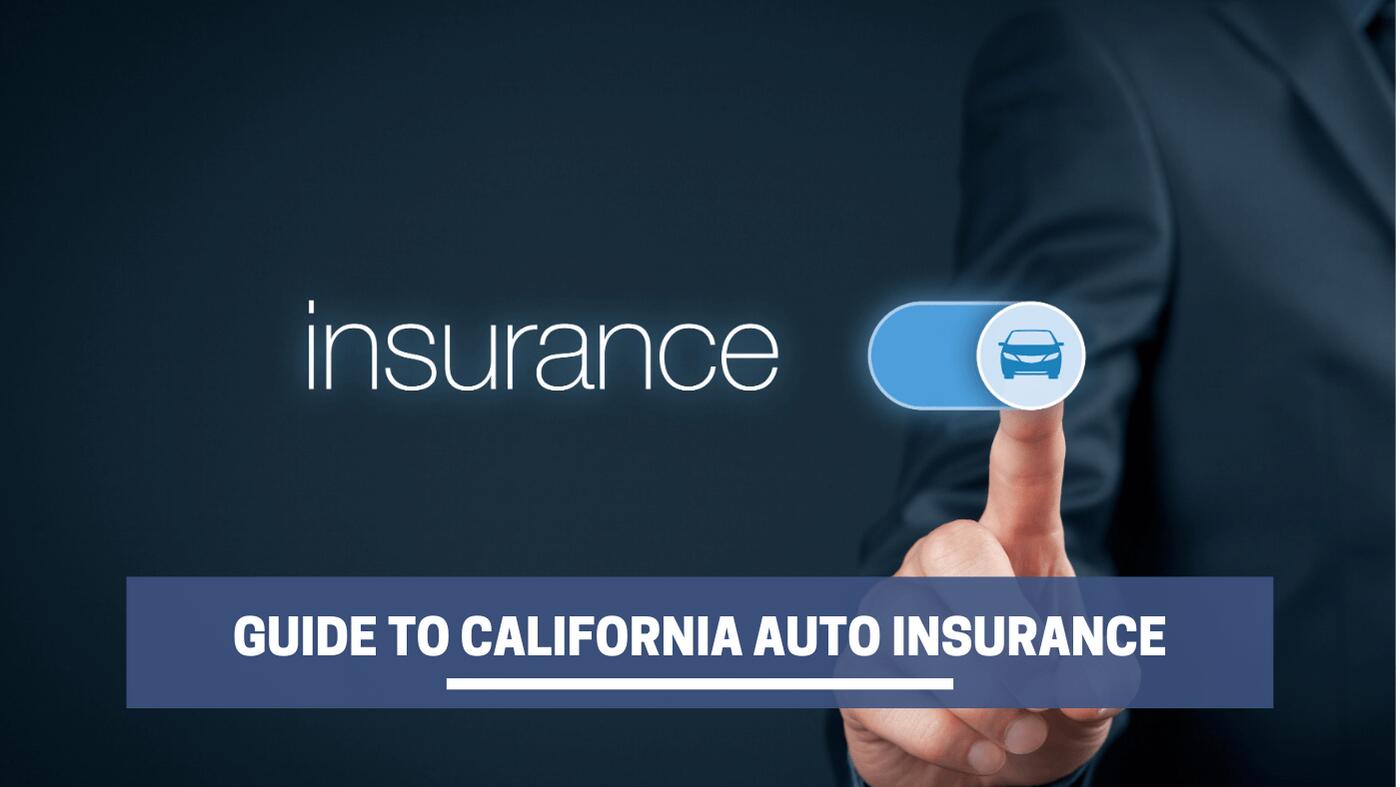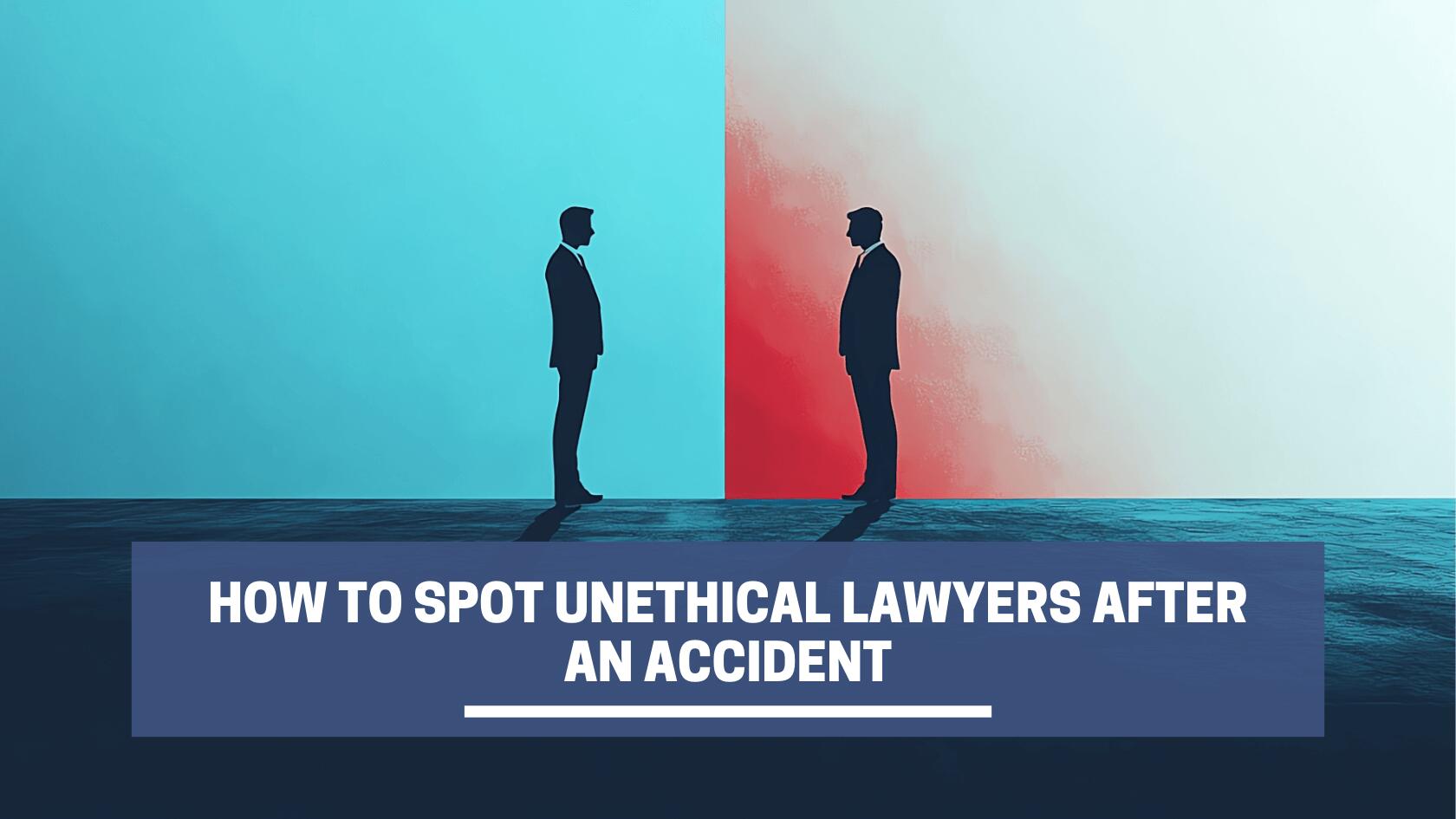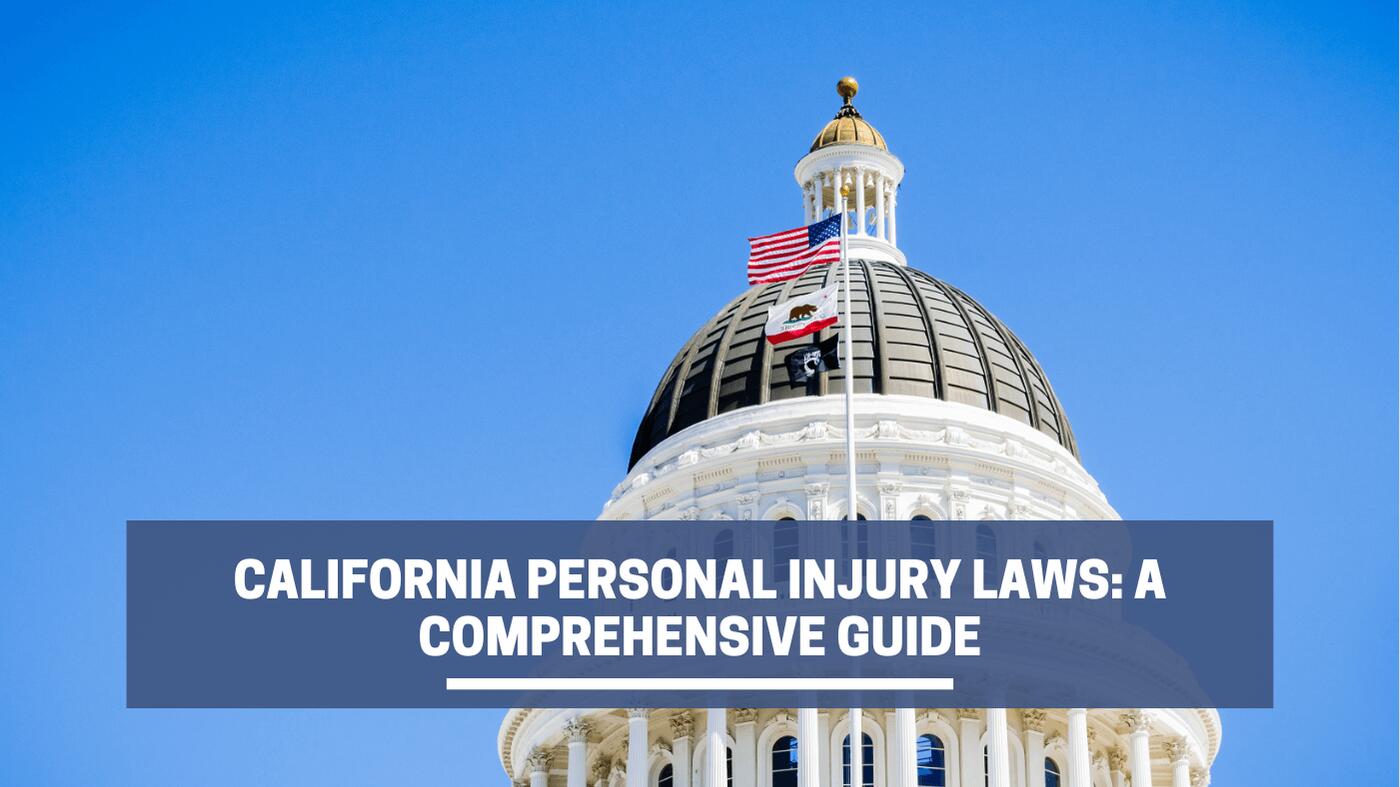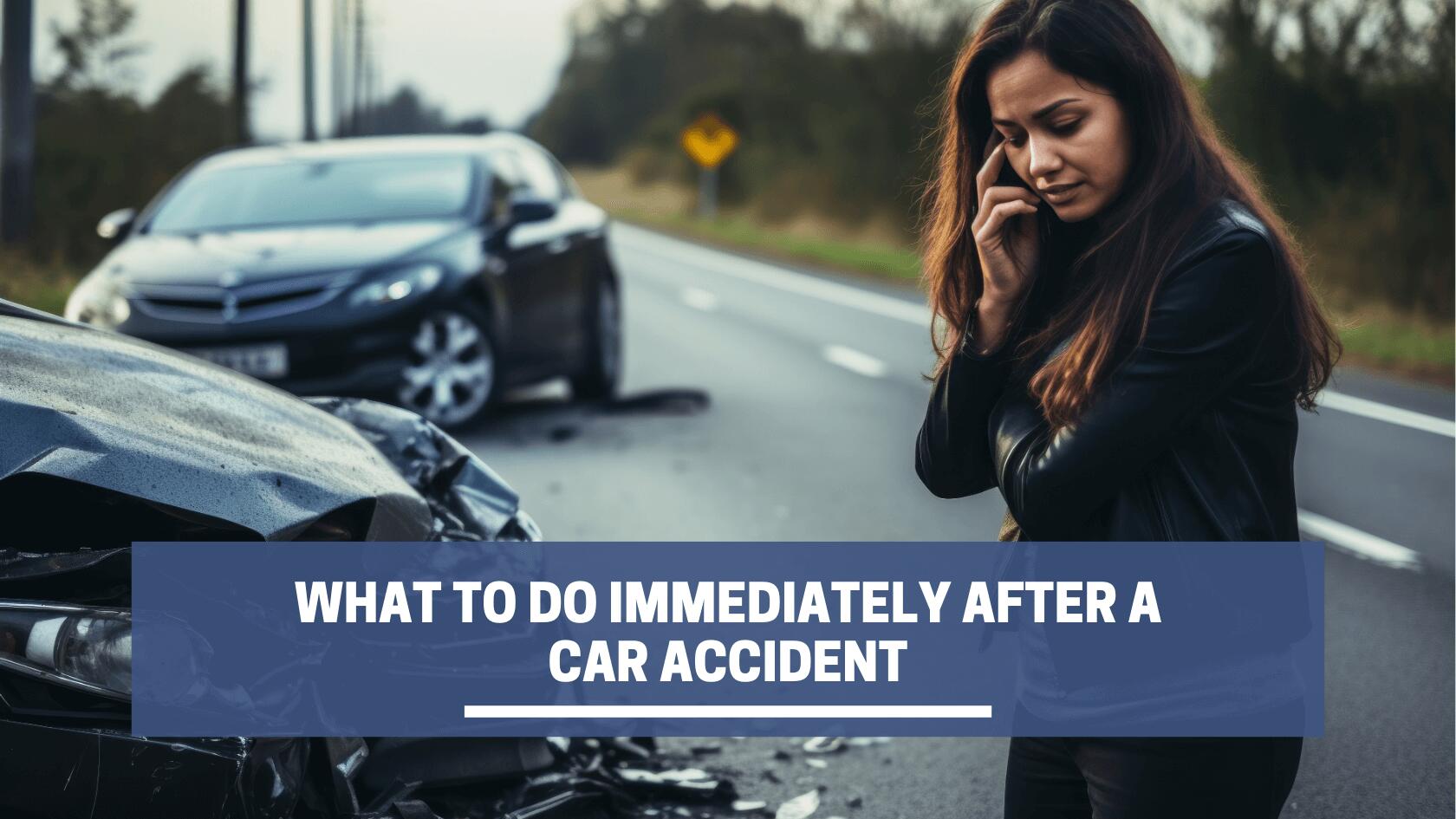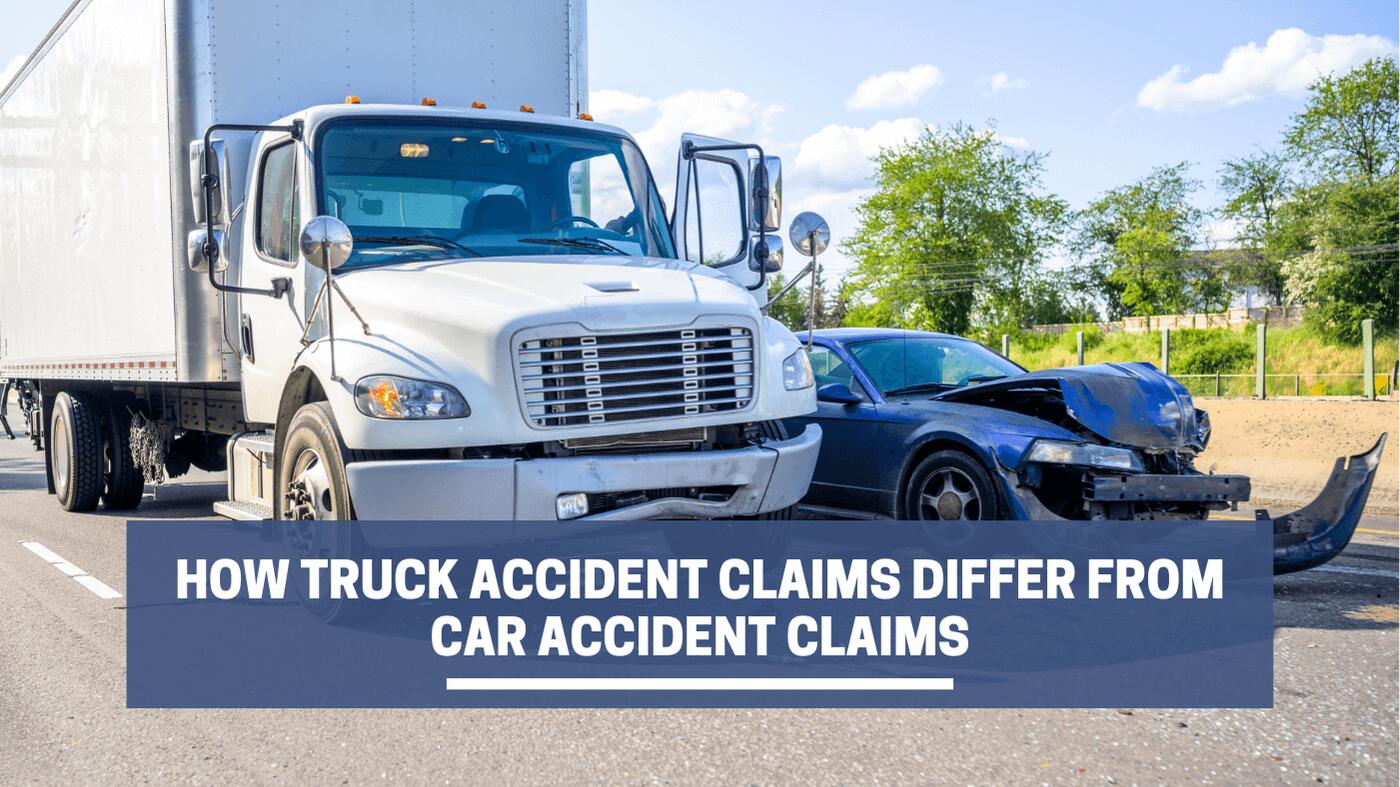If you own a vehicle in California, you are required to have certain insurance coverages under California’s car insurance laws. These policies help protect you in an accident, stepping in to pay medical bills and car repair costs and replace lost wages.
While the state requires liability insurance, there are coverages you can purchase for additional protection so you’re fully covered in a collision. These include Med Pay coverage, which pays for medical expenses, and uninsured motorists’s insurance, which helps out if the other driver doesn’t have coverage.
Understanding California’s auto insurance requirements can help you pick the right policies. If you’re hurt in a crash, an experienced car accident attorney can assist you with filing your claim and getting fair compensation.
What Auto Insurance is Required in California?
According to the California Vehicle Code, all drivers and motor vehicle owners must have auto liability insurance and keep documentation proving it (CVC 16020). Liability coverage pays for damages to another party if you are fully or partially responsible for a crash.
As of 2024, you must have the minimum car insurance coverage in California:
- $15,000 to cover the injuries or death caused to one other person in an auto accident
- $30,000 to cover the injuries or deaths inflicted on more than one person in an auto accident
- $5,000 to cover property damage to at least one person in an auto accident
Updates to the Legal Minimums
On September 28, 2022, California Governor Gavin Newsom signed the Protect California Drivers Act (PCDA) into law. This law will increase the minimum liability insurance limits for the first time since 1974 and will go into effect on January 1, 2025. This will raise the minimum liability insurance in California to:
- $30,000 for the physical injuries or death to a single person, or double the current minimum
- $60,000 for the physical injuries or the deaths of two or more persons, double the current limit
- $15,000 for property damage caused to at least one person, or triple the current limit
These limits will be in effect from January 1, 2025, to December 31, 2034. On January 1, 2035, the law’s provisions will increase the liability limits again to:
- $50,000 for the physical injuries or death to a single person, more than triple the current minimum
- $100,000 for the physical injuries or the deaths of two or more persons, over triple the current limit
- $25,000 for property damage caused to at least one person, or 5 times the current limit
What Optional Coverages Are Available?
While the law requires all drivers and motorists in California to have liability insurance, most policies include additional options, such as comprehensive or collision coverage. These help ensure you receive more extensive coverage for property damage and other losses if you cause a collision or if the other driver doesn’t have the required liability minimums.
Below are common types of coverages and their benefits:
- Collision coverage. This type of insurance pays for repairs or replacement of your vehicle if it was damaged in a crash, regardless of which party was at fault. Typically, you must pay a collision deductible before your insurance policy pays for the rest, up to the policy’s specified limit.
- Comprehensive Coverage. Insurance policies with comprehensive coverage protect you from damages not related to collisions, such as theft, natural disasters, or hitting an animal. Like collision coverages, you must typically pay a comprehensive deductible before your insurance pays for the remainder, up to policy maximums.
- Med Pay. Medical Payments Coverage, also called Med Pay, helps cover medical expenses for you and your passengers after an accident. It pays for medical costs like hospital visits, doctor’s fees, surgeries, X-rays, and prescriptions, regardless of who was at fault. Unlike collision or comprehensive deductibles, Med Pay insurance typically doesn’t require an out-of-pocket payment before it kicks in.
- Uninsured / Underinsured Motorist Coverage. Uninsured motorist (UM) and underinsured motorist (UIM) policies help pay for property damage, medical costs, and pain and suffering if you are involved in an accident where the at-fault driver has no insurance or less than the legal minimum. This insurance isn’t required, but policies must offer uninsured motorist coverage in California.
- Add-On Policies. An add-on policy is an additional type of coverage you purchase to customize your insurance protection. Examples include free roadside assistance, reimbursement of rental car expenses, and car loan gap insurance.
What Happens if I Drive Without Insurance in California?
Driving without a valid insurance policy in California is risky and against the law. Unfortunately, 17% of California drivers were uninsured in 2022. If you are involved in an accident without insurance, you face the following consequences:
- Financial Penalties. In California, driving without insurance can lead to hefty fines. Offenders may face fines ranging from $100 to $1,000, plus additional administrative fees.
- Suspension of Your Driver’s License. If you’re caught driving without valid insurance, the state may suspend your driver’s license. You may need to provide proof of insurance and pay a reinstatement fee to reinstate it.
- Impoundment of Your Vehicle. Law enforcement can impound your car if you drive without insurance. Getting your vehicle back will require proof of insurance and payment of impound fees.
- Personal Liability for Damages. Without insurance, if you cause an accident, you’re personally responsible for the damages to others, which could include medical bills and property damage.
- Increased Insurance Rates. Once you decide to get insurance after being uninsured, you might find your rates are higher. Insurers often view previously uninsured drivers as high-risk, which can lead to increased premiums.
How Do I File a Claim if I’m in an Accident?
If you’re involved in a collision, the California DMV and Department of Insurance offer the following guidance on filing a claim. This process helps you get compensation for accident-related losses, whether from your policy or the at-fault driver’s.
- Ensure Everyone’s Safety. Immediately after the accident, move your vehicle to a safe location, then call 911. Request law enforcement to report the accident and emergency medical services (EMS) if anyone is injured.
- Exchange Details. Exchange your contact information and insurance details with the other driver or drivers involved in the accident. Get their name, address, phone number, driver’s license number, license plate number, and insurance policy number.
- Document the Accident Scene. If possible, take a picture of the crash scene and your injuries. Capture road signs, traffic lights, weather conditions, debris, and vehicle damage from multiple angles.
- Report the Accident to the Police. Report the accident to the police immediately. They will come to the scene and create a report with vital details like the accident date, time, and who may have been at fault. You can obtain this document and use it to support your insurance claim.
If the accident resulted in over $1,000 of damage, state law requires you to contact the California Department of Motor Vehicles (CA-DMV) and fill out an SR-1 form within 10 days. - Notify Your Insurance Company. Call your insurance provider and report the accident as soon as possible. Provide them with the information and evidence you collected, and follow their claims process with the help of an attorney.
- Seek Legal Advice. Contact a knowledgeable California auto accident attorney. A lawyer can inform you of your rights and walk you through the legal process. They can help collect and submit evidence on your behalf and negotiate for a fair settlement.
What is the Timeline for a Car Accident Claim?
Auto insurance companies have a strict timeline for processing claims in California. This ensures your case is handled promptly and helps you receive compensation quickly so you can pay for medical expenses and car repairs. The following is the general timeline for the resolution of claims:
- Within a Few Days of Filing. Your insurance provider will assign an adjuster to your case. Their role is to review your claims and the evidence you provided. Depending on the circumstances, they may contact you to request additional documents or clarify specific information.
- Up to 15 Days After Filing. Your insurance provider must acknowledge your claim no later than 15 days after receiving it.
- Up to 40 Days After Filing. Insurance providers must approve or deny claims within 40 days, providing them with the time necessary to conduct a thorough investigation.
- Within 30 Days of Issuing an Approval. If your insurance providers have accepted your claim and agreed to pay, they must initiate a payment no more than 30 days after the date you reached a settlement agreement.
Protect Your Rights After a Car Crash in California
Suffering injuries in a car accident can be traumatic, but the California insurance process is designed to help you pay for your losses and recover as soon as possible. Knowing your rights and coverages allows you to file a claim quickly after a crash, getting you the financial support needed to pay for your damages.
With the help of a skilled auto accident attorney, you can ensure your settlement reflects your losses, including medical bills, lost wages, and pain and suffering. This can help you rebuild your life and get back to normal after a crash.







